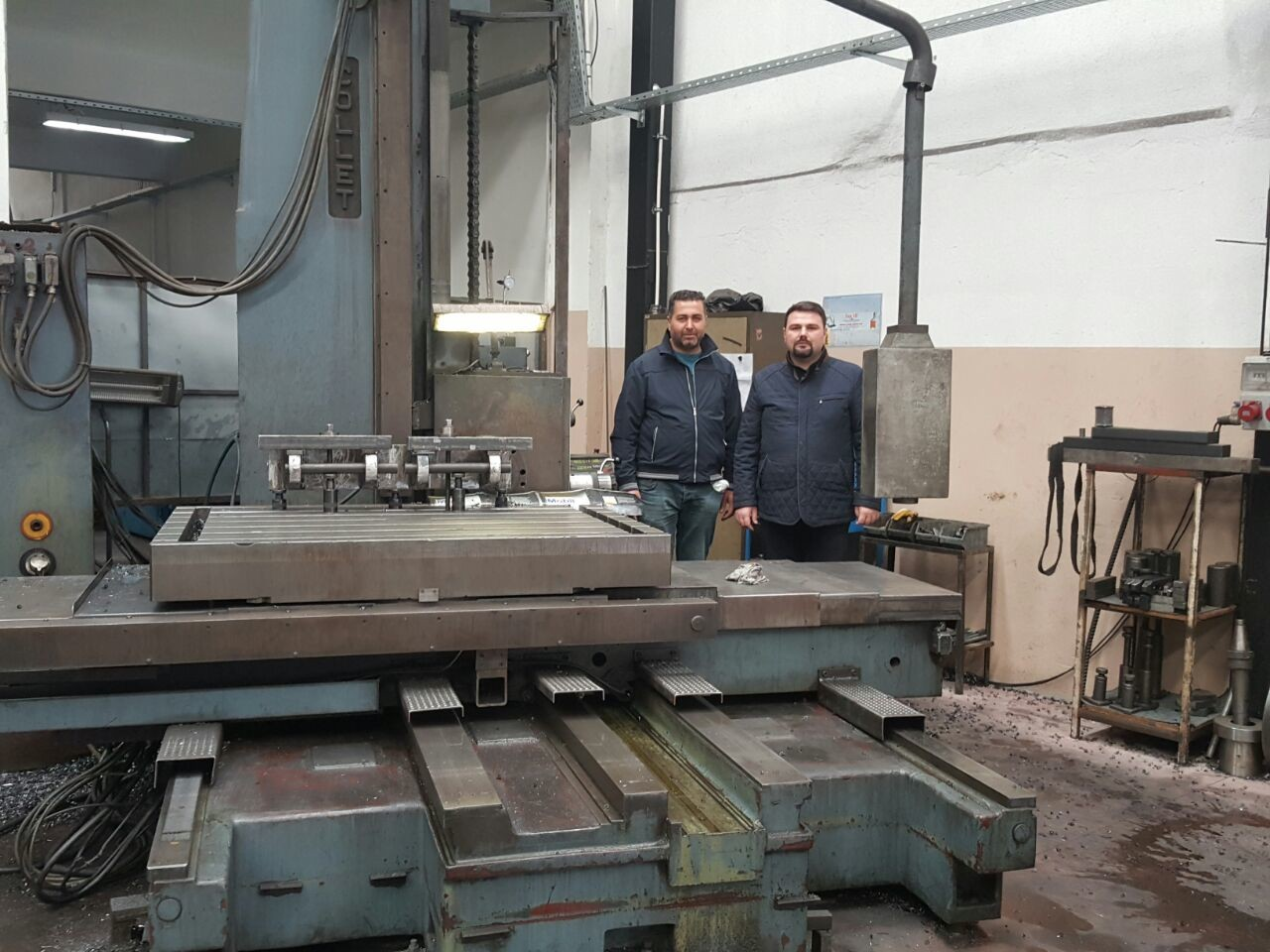A dramatic reduction of over 75% in the electricity consumption was not what the owner of the Turkish firm Nimsan Dişli had in mind when he set out to upgrade his metal-cutting technology.
Metal cutting is a core manufacturing process for the heavy machinery industry and the focus of Turkish firm Nimsan Dişli. The company makes gears, heavy-duty gearboxes, and a variety of other such products. In 2016 Nimsan Dişli was ready for a change as it was relying on metal-cutting technology nearly three decades old in the form of a milling machine made in 1980.The company’s management team first examined and considered the available technology options before deciding on a new milling machine with up-to-date features. The price tag was hefty: The cost for the milling unit and auxiliary equipment would be EUR 360,000.
Nimsan Dişli also examined its financing choices, and the company opted for a lease, the first in its corporate history. For many companies and small business owners, leasing is preferable to buying equipment outright with cash or a bank loan. For its lease, Nimsan Dişli selected Turkey’s Finans Leasing, a decision that brought the GGF into the equation. Finans Leasing first began working with the fund in 2015 and has proven itself to be a strong partner with impressive results in on-lending for investments in renewable energy and energy efficiency.
One challenging aspect of the deal was the time required to produce and install the machinery: After the leasing agreement for the milling machine was signed, Nimsan Dişli had to wait five months before it received the equipment, which then took another month to ready for machining.
However, the upgrade was worth the wait. With a top-of-the line mill on the shop floor, Nimsan Dişli has been attracting a different clientele, especially those customers with higher technical requirements. The new machine is also increasing demand for company services, and production output has risen, too. The technological standard of the milling machine and its auxiliary equipment is rare for the region, another aspect fueling growth.
And the benefits didn’t end there. The amount of energy the new milling machine requires is significantly lower than that of its predecessor. Electricity consumption plummeted to 35,000 kWh/year from more than 150,000 kWh/year, which also resulted in a 77% reduction of CO₂ emissions.

